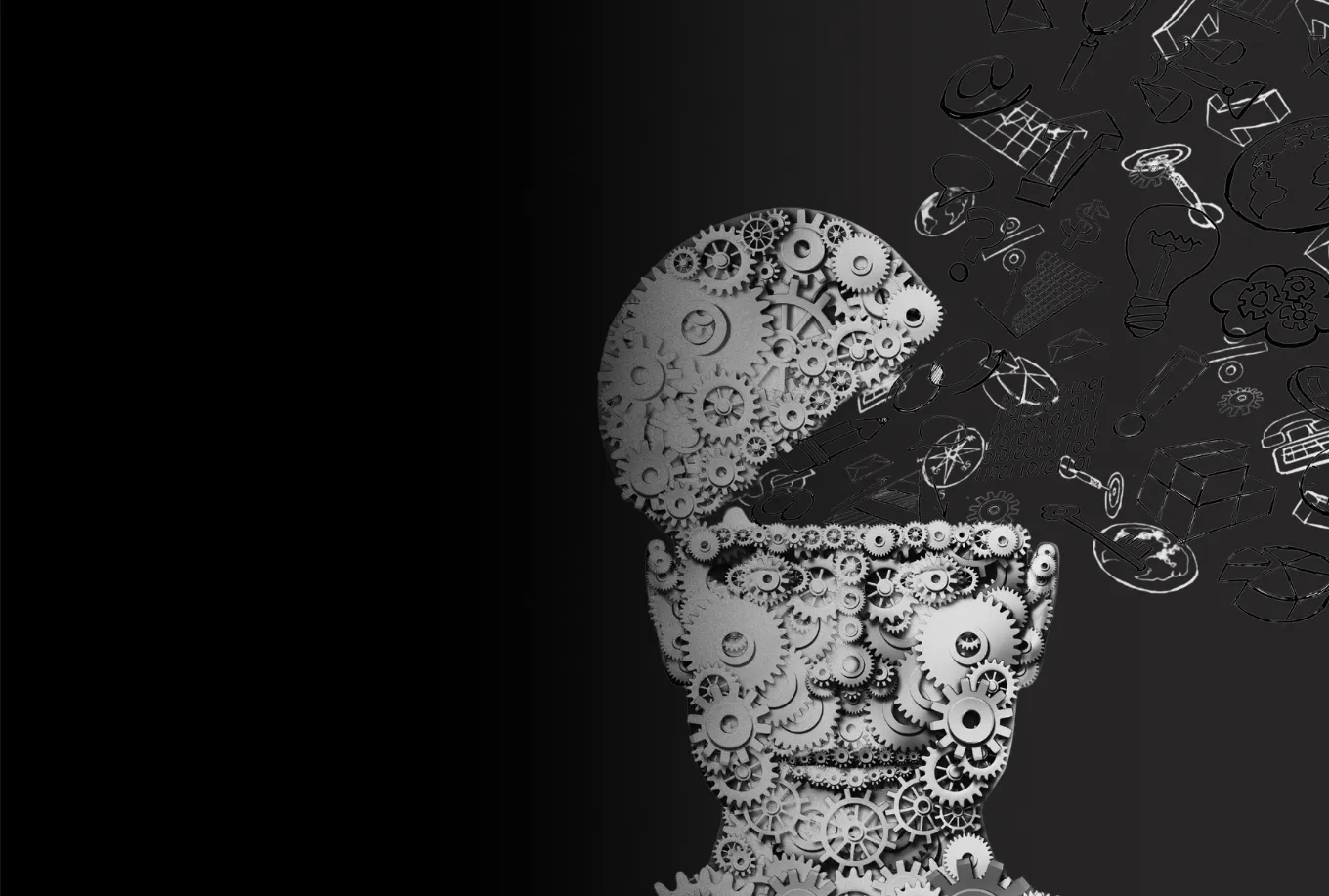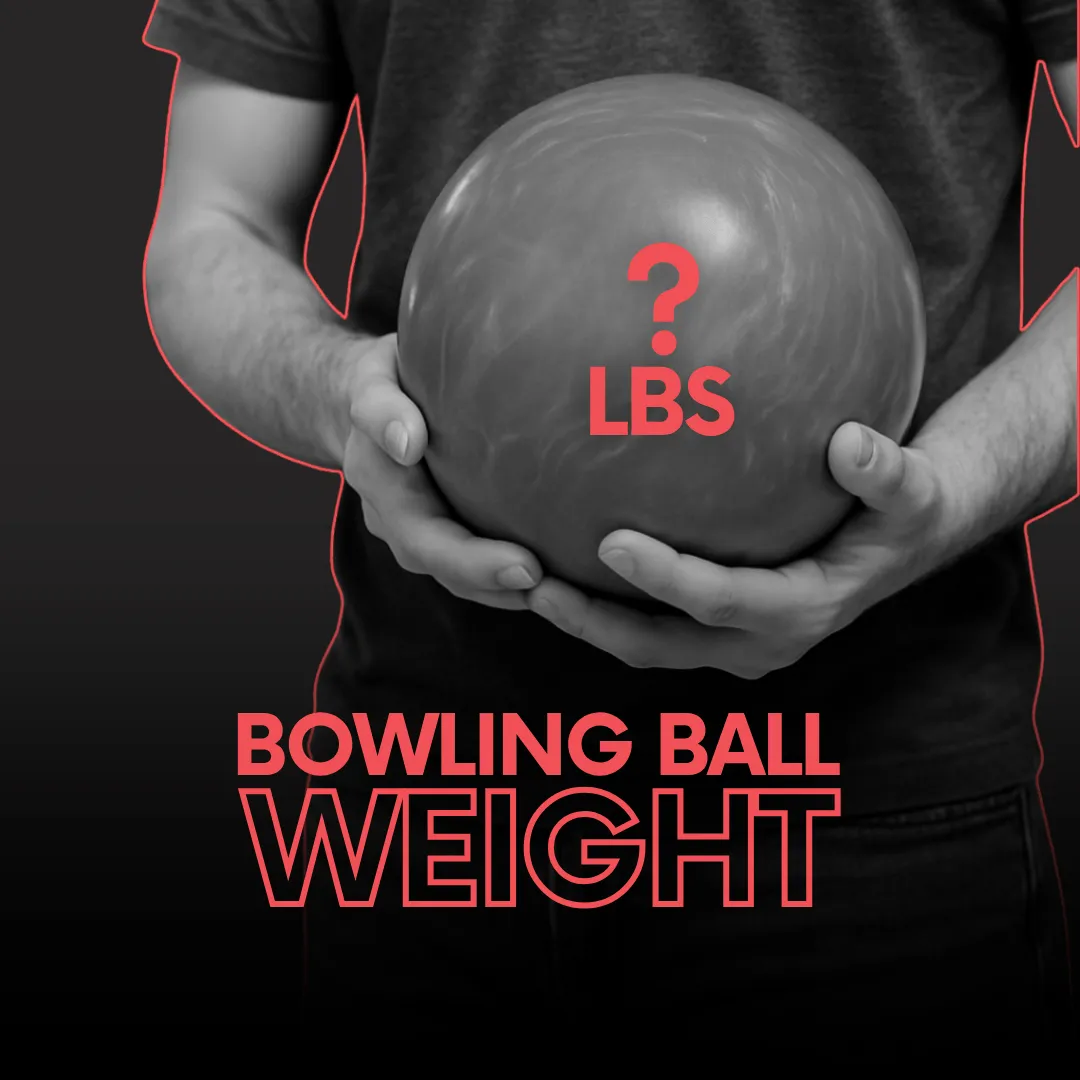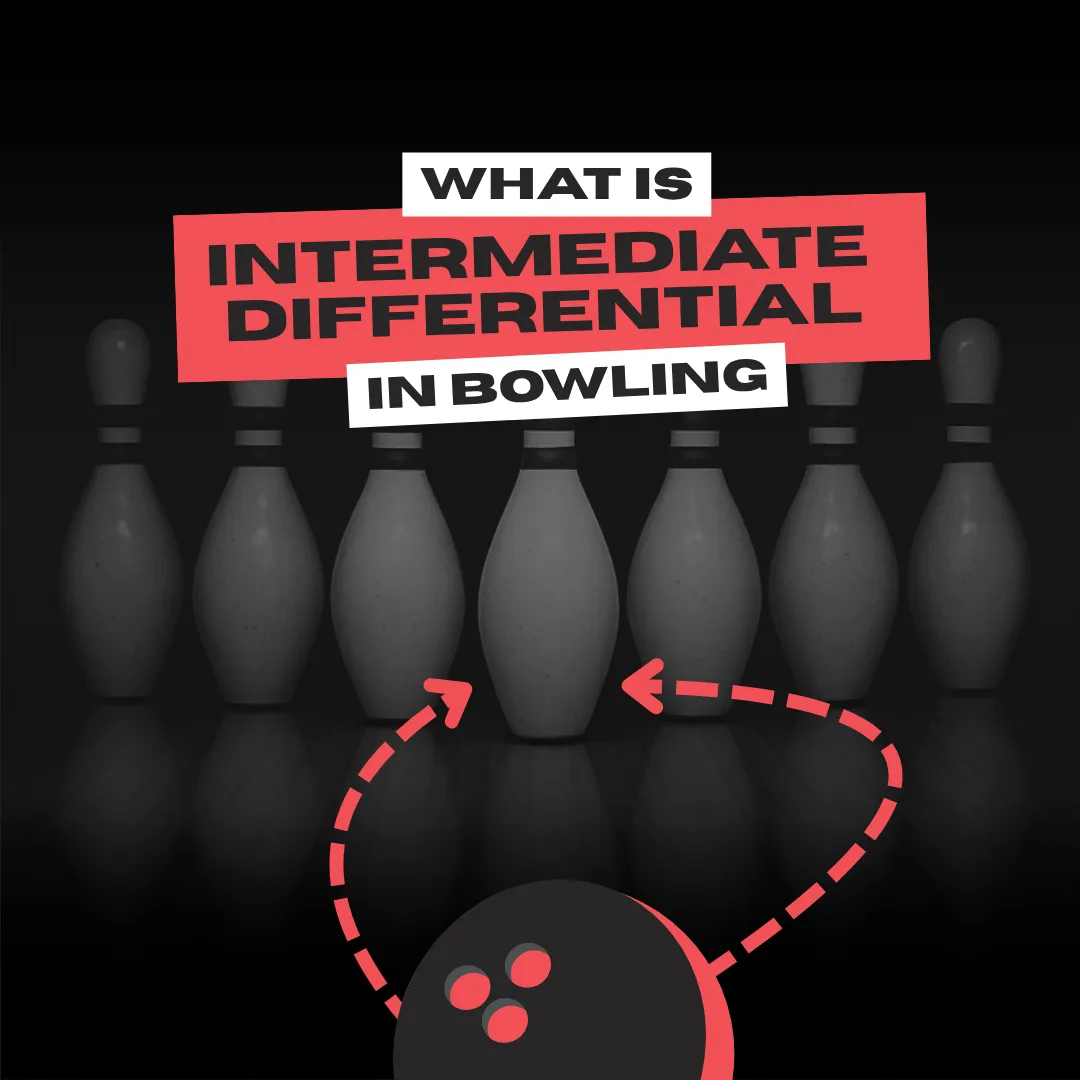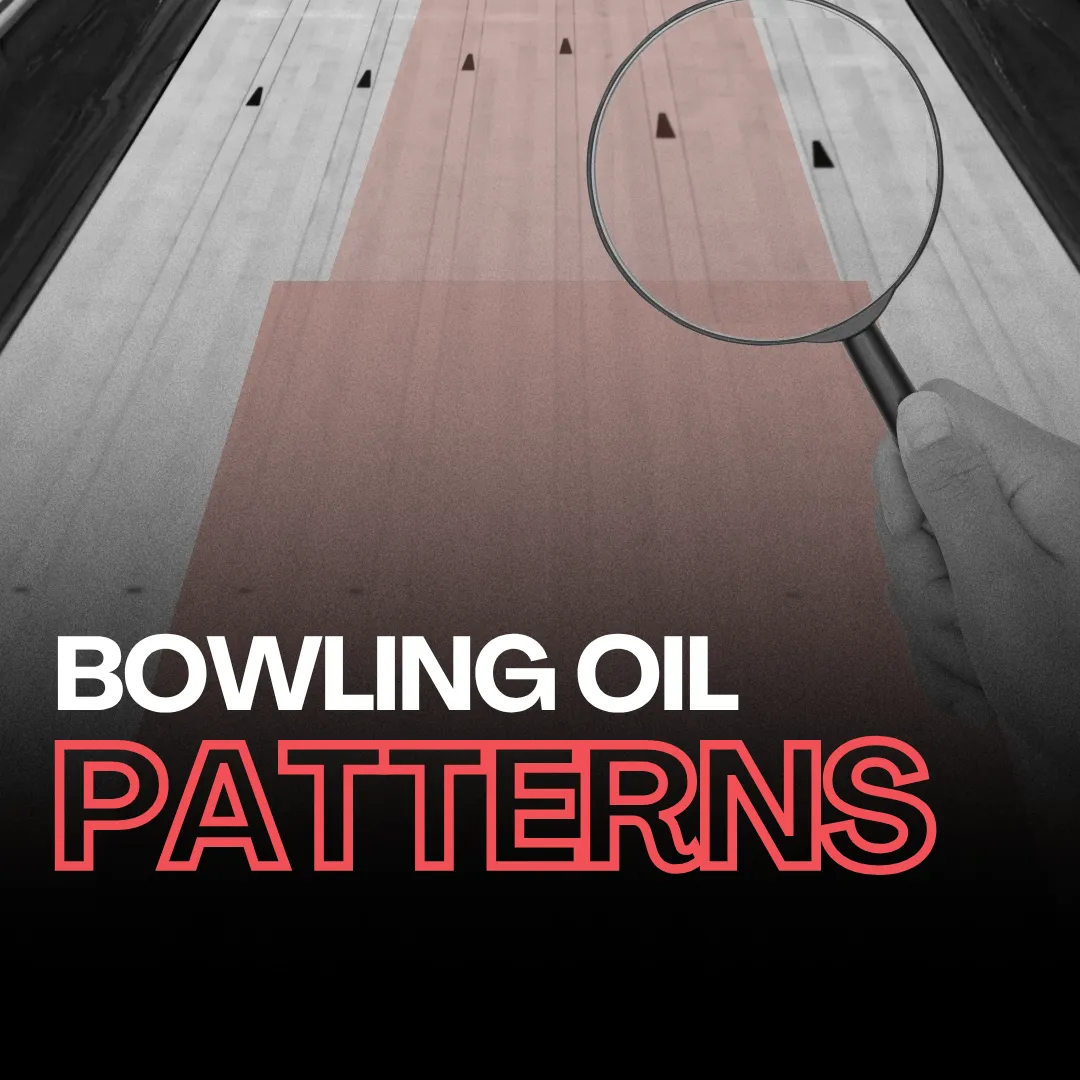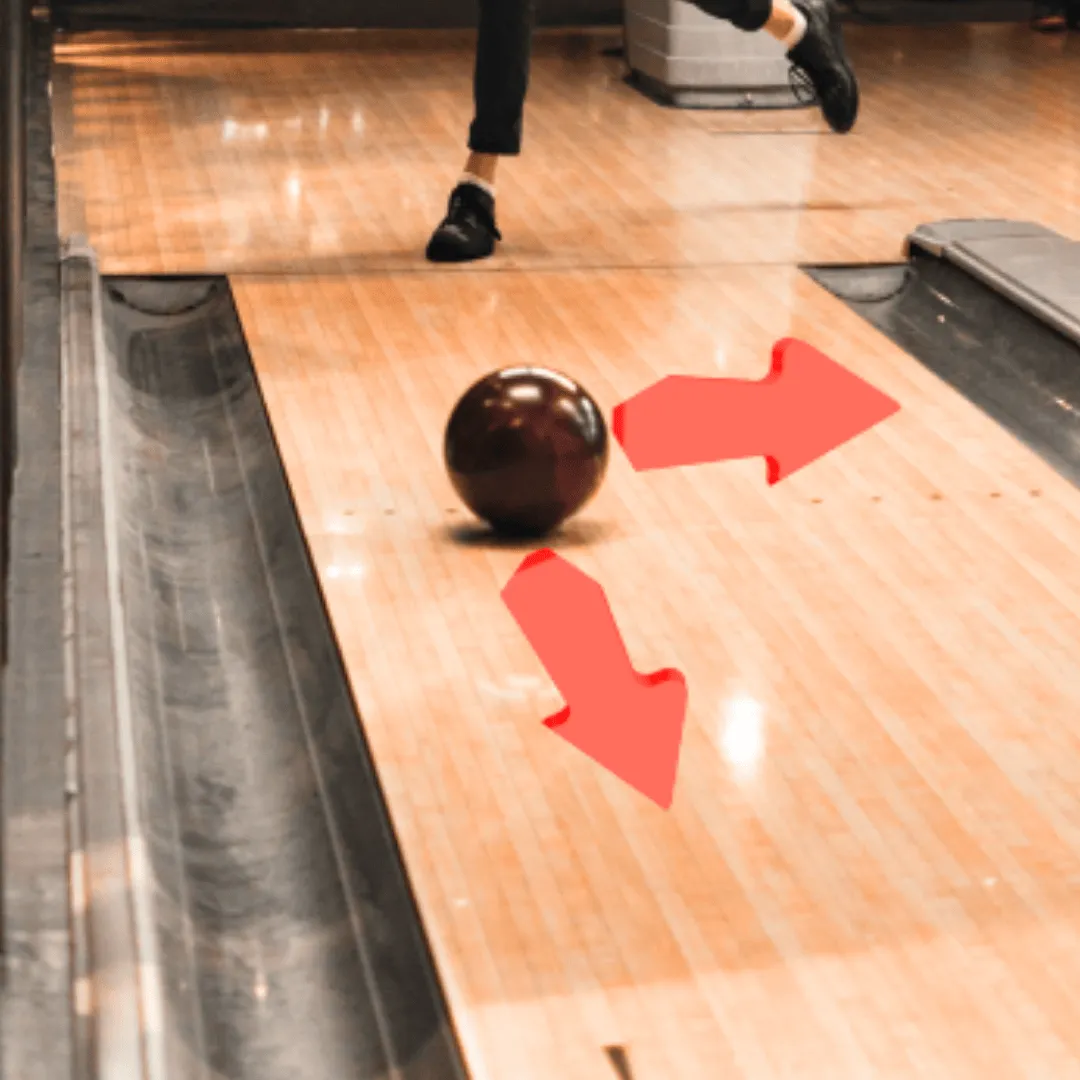Let's say you already know where that 'pocket' is. You can more or less imagine how to hit it and sometimes even do so. Not only that - you are pretty good at picking up spares during training, which allows you to average 190 on your house shot. Feeling confident, you come to the bowling alley like a peacock in mating season, tail held high. And then, out of the blue, you are the one to throw a decisive shot of the game. Your throw is no different from the previous ones, but a ball hits the lane missing a target by 10 boards for some reason.
No, a pin didn't magically move out of place. The target you always relied on during practice didn't change and couldn't fool you on that one shot. So what suddenly turned a striking and one-pin spare-making machine like yourself into an emotional marionette, rethinking entire bowling strategy and knowledge? In order to understand this phenomenon, we invite you to dig into your more or less functioning brain.
If you repeat the same complex mechanical action over a long period - for example, tying your shoes or pressing the clutch before shifting the gear knob - you are using the convoluted part of your brain, also known as the cortex cerebri.
This part is responsible for many aspects of your skill acquisition and problem-solving. The cerebral cortex is your body's analytical and thinking part (believe us, you have it, even if you don't consider yourself a homo sapiens).
When you reach the top of your learning Olympus and proudly tell the world that you already know how to tie your shoes, this unique skill gets a promotion in your brain. After collecting his knick-knacks from the drawers of the cerebral cortex department, he moves to a top-floor corner office of your brain with oversized windows, also known as the cerebellum. Now working on a top-floor, your shoe-tying skill is no longer being asked to analyze or learn anything. Its purpose is to act 'automatically' - after all, at the age of 36, you probably won't be perching in the corridor for half an hour, thinking about how to put the damn shoe lace through a loop.
Your brain is guided by the 'fast-efficient-reliable' principle.
Learning the subtleties of bowling takes place on precisely the same principle. You take thousands of shots, improving your technique until you finally combine all the learned movements necessary for the shot into one symphony of action when you throw the ball (the cerebral cortex is at work here). When your movements finally become coordinated, and you know what you're doing, all the wisdom of throwing the bowling ball is transferred to the cerebellum, which no longer thinks, but does it 'automatically,' just like tying your shoe.
It's so good to do everything unconsciously, right? Unfortunately, we face two problems here. First, it isn't elementary to get rid of old habits. You have probably heard from other athletes or coaches that some things in your technique should be improved. Easier said than done... The problem is that your bowling wisdom, sitting comfortably in the office chair in the cerebellum, doesn't want to be fired. After all, this wisdom worked so hard to earn this dream job.
That's why changing your established playing technique is problematic - you'll need to re-roll thousands of shots to replace the old "automated" moves with the new ones.
The second problem is that although the cerebellum works quickly and reliably, it is ridiculously insufficient for stress. If the cerebellum was a hostage and had valuable information for the kidnappers, it would lay bare before even being tied to the chair. As soon as an essential bowling shot comes and you think about it, the cerebrum turns off the office lights, puts a 'Closed' card on the door, and crawls under the desk, praying that no one notices it.
Therefore, before making the decisive shot, you must again rely on the cerebral cortex, which, instead of overthinking the throw (as if you have already done it thousands of times), begins to think about the untied shoe, the sticky approach, and a billion other things. The cerebral cortex does not remember what and how you do because all the instructions lie in the 'Closed' office of the cerebellum.
And here we come to a sheer elementary conclusion - when making a decisive bowling shot, you should not think about it. Need to believe it works? For example - cross your arms over your chest. Right now. Cool, you did it without too much trouble. Now cross your arms in the opposite direction. You've thought about how to do this for a few moments, haven't you? You already get the usual crossing of the arms 'automatically,' but it is something new to cross in reverse. Likewise with throwing a bowling ball - why rethink how to do it if you already know how?
If you're making throws in practice without the added tension of your shoulders, it's hard to expect you'll be able to perform well on a critical throw in actual competition. In psychology, this is called situational learning. A soldier can perfectly prepare his equipment in a particular amount of time. Would he be able to do it with the same perfection when woken up by a loud siren at night if he has never done this before in military school, though? Probably not. Likewise, it would help if you prepared for it in advance to achieve higher results and self-control at decisive moments of the competition. During training, compete with a partner for an agreed prize, play a competition simulator or apply similar exercises that suit you.
Of course, due to the human nature to constantly analyze and judge ourselves, we cannot simply press a button somewhere in our heads and turn off all thoughts about the world around us. However, we can develop the ability to calm the fearful cerebellum and make it work at critical moments. How? With mantras.
Well, at this point, you have finally decided that we are crazy. But wait. One of the best current bowlers, Sean Rash, when making decisive shots in the finals, usually mutters a few words under his breath while preparing for the bowling shot - 'self-control,' 'consistency,' and so on. He also does this during training. Why? Because after saying that short little word, he gives his brain a command to make a shot.
Cerebellum associatively thinks, albeit for a short time, that this is another bowling shot in training, for which, no matter how it ends, no one will give a damn. That moment is just enough to do the trick. The cerebellum will provide information on making a good shot rather than thinking about a loose shoelace or a sticky approach. It's a hard habit to develop that will take time to master, but it's worth a try.
One of the hardest things about sports psychology is understanding that there are things you control and things you don't.
Let the cerebral cortex work tirelessly, thinking about what ball to pick, what part of the lane to play, and countless other things while you wait for your shot. But when it's time to make a shot, stop reinventing the wheel and trust your instincts. After all, you don't think about how to kiss the one you love - you just kiss. You don't think about how to put a signature - you just sign. Then why try to re-learn how to bowl moments before the decisive shot? Just pick up the ball and hit that 10th pin the same way you've done it thousands of times.
If you liked this article and want to dig deeper into bowling psychology, check out our article about creating routines which can help you achieve better bowling results.
